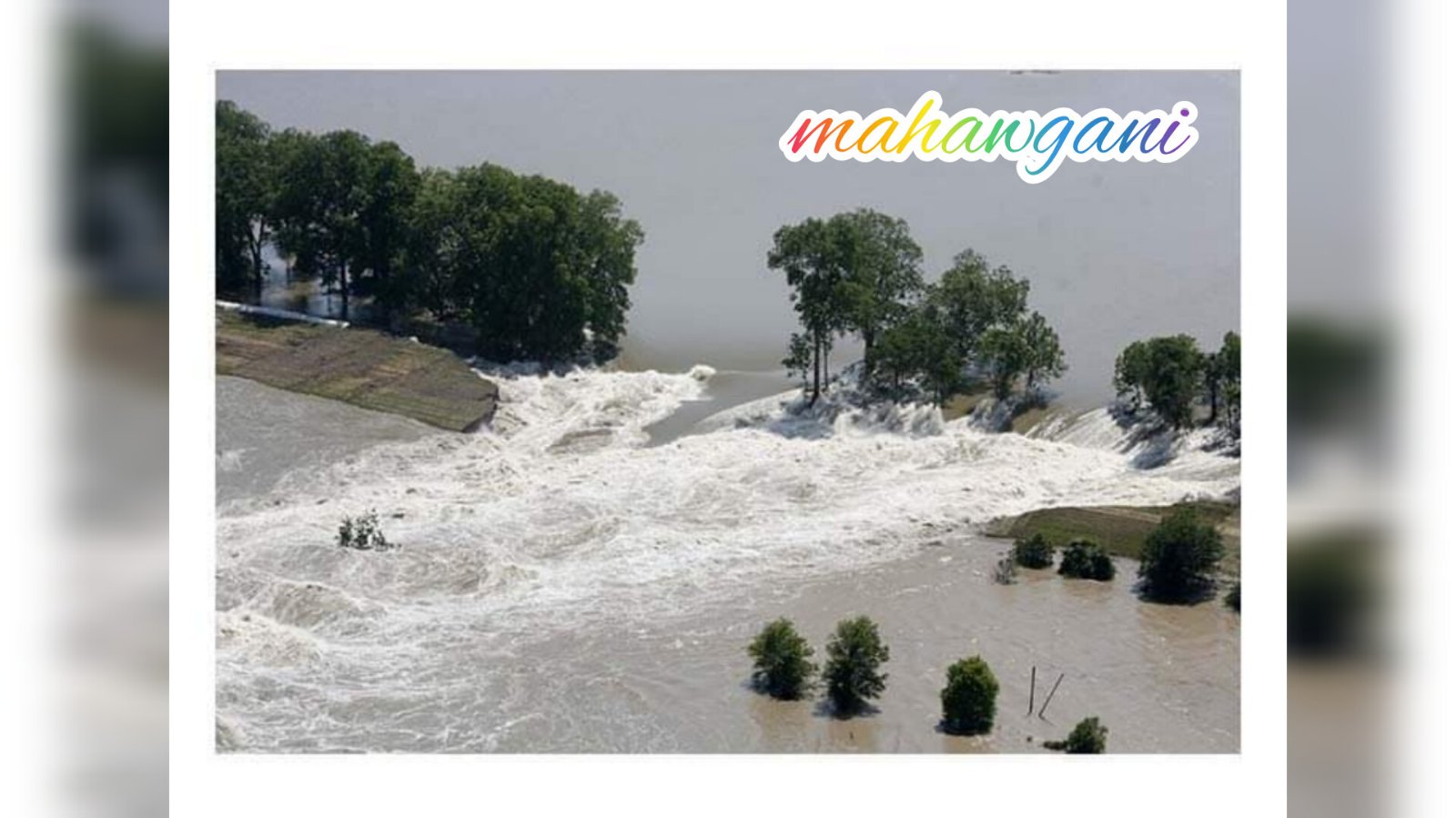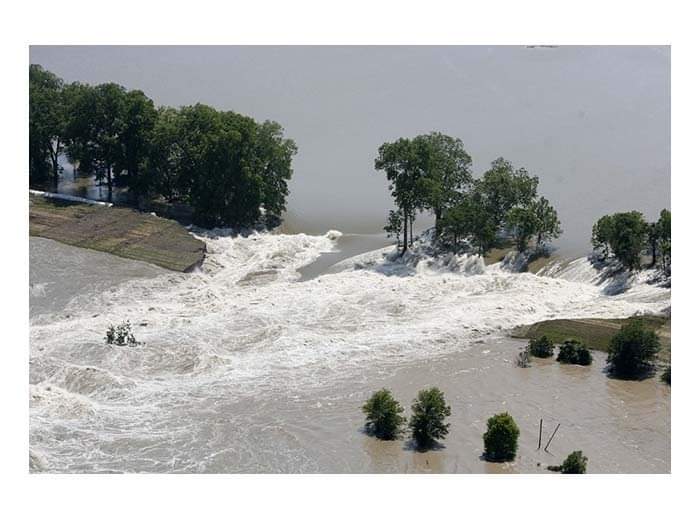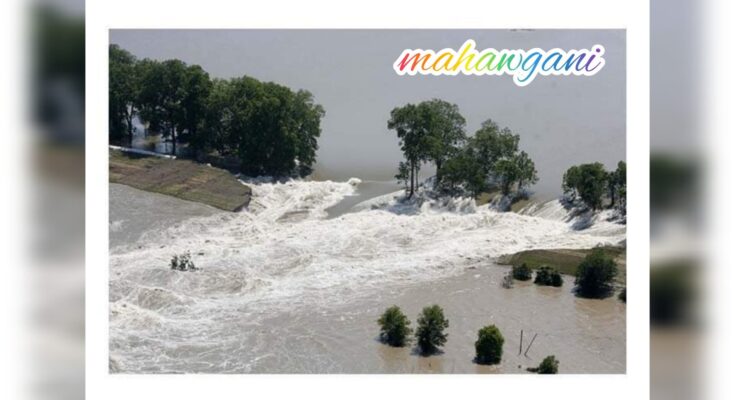After the flood, you should be aware of the secondary disease
“When a flood disaster occurs, various diseases can spread through unclean water, and various diseases can spread through insects.”
Every year during the rainy season in Myanmar, floods occur due to continuous rain.
At the present time, due to continuous rain in some states and regions, the river, In addition to the flooding of streams, dams are overflowing, so we are facing a flood risk.
Especially in the low-lying villages, the streets were flooded, and the houses were flooded. It was also the time when they had to leave their homes and move to safety because they were experiencing flooding.
The following problems of flooding, such as the risk of landslides, Risk of home collapse; risk of harm; In addition to the dangers of electric shock, health problems often occur.
In this article, I am writing to be aware of the complications that may occur due to flooding.
Diseases secondary to flooding
When a flood disaster occurs, various diseases can be spread through unclean water, and various diseases can be spread through insects. The following (6) diseases are the diseases to be aware of because they may be encountered during floods.
(1) Typhoid (Typhoid fever)
Typhoid fever, which is known as typhoid fever, is caused by bacteria and the symptoms are sickness, Constipation Diarrhea fatigue, Symptoms such as headache often occur. If this disease is not treated in time, it can become life-threatening.
The mode of transmission is through eating contaminated water or food that has come into contact with the feces of a person infected with typhoid.
(2) Cholera
When there is a flood, a bacterium called Vibrio cholerae can be spread through contaminated water and food and can cause cholera. Cholera can cause diarrhea several times a day, and the loss of water and electrolytes from the body can be extreme, which can be life-threatening.
(3) Hepatitis A
Hepatitis A can be spread through contaminated food and water. The symptoms are sickness, yellow eyes Jaundice, urine color, lack of food, dizziness, It’s just nausea and fatigue.
(4) Mosquito-borne diseases such as dengue fever and malaria
When there is a flood, the environment is not clean and there is no water flow, so mosquitoes can breed in large numbers. Dengue fever and malaria can occur through mosquito bites.
Dengue fever can be caused by the bite of an Aedes mosquito. As a symptom, Illness like common flu, silt, There may be loss of food, and the sudden onset of hemorrhagic shock, which is a symptom of dengue, may be fatal.
Malaria can be caused by anopheles mosquito bites. Sickness as a symptom of malaria fatigue, Vomiting Headache etc. may occur. When the disease is severe, jaundice, up, It can lead to unconsciousness and death.
(5) Hypothermia
Being trapped in water for a long time due to flooding can cause the body temperature to drop below 35 degrees Celsius. Especially children and the elderly are more affected by hypothermia and life-threatening. Symptoms of hypothermia include cold skin, speechless, began to tremble, It’s just the symptoms of confusion and confusion. Hypothermia is an emergency and requires timely medical treatment.
(6) run Left Skin diseases such as fungus
When there is a flood, it is caused by contact with unclean water. Skin diseases often occur. wet clothes Bedding can harbor mold and other skin diseases. Although not life-threatening, itchy skin diseases can spread quickly from person to person and bacteria can enter through scratches.
What should be followed when faced with a flood disaster?
1. Drink clean water. Drink boiled water. If necessary, chlorinate the water.
2. food preparation, Be clean when cooking and eating. Cover food tightly.
3. food that has come into contact with unclean water; Avoid fly fishing.
4. Wash your hands often. before eating not prepare food Wash your hands thoroughly with soap before cooking and after going to the toilet.











